Shri Dharmendra Pradhan is the current education minister of India. He first started his political career as an Akhil Bharatiya Vidyarthi Parishad activist in 1983.
Table of Contents
Shri Dharmendra Pradhan is the current education minister of India. The Minister of Human Resource Development, the HRD Minister, is known as the Honourable Minister of Education in India. The Education Minister is the Ministry of Human Resource Development leader and one of the bureau ministers of the Government of India.
Who is Dharmendra Pradhan?
Shri Dharmendra Pradhan is an Indian politician currently serving as the education minister of India. He received his MA Anthropology degree at Talcher College, Odisha. Dharmendra Pradhan also serves as the Minister of Skill Development and Entrepreneurship in the Indian government. He was promoted to Cabinet Minister on 3 September 2017. Earlier, he also served as the Minister of Petroleum, Natural Gas, and Steel. Dharmendra Pradhan has been the longest-serving Minister for Petroleum and Natural Gas in the history of independent India.
On 31 May 2019, Shri Pradhan began his second consecutive tenure at the Ministry of Petroleum & Natural Gas, Government of India. Shri Pradhan currently represents Madhya Pradesh in the Rajya Sabha as a Member of Parliament. Earlier, he was a member of the 14th Lok Sabha.
Personal and Political Life of Shri Dharmendra Pradhan
Dharmendra Pradhan is the son of Debendra Pradhan, a cabinet minister in the Vajpayee government from 1999 to 2004. He was born on 26th June 1969. Dharmendra Pradhan became an Akhil Bharatiya Vidyarthi Parishad activist during his higher secondary studies in Talcher College and later became the student union president.
In 1983, Pradhan started his political career as an ABVP activist, later elected as its secretary. He was also twice elected as a member of the Rajya Sabha from Bihar and Madhya Pradesh.
Other positions held by Dharmendra Pradhan are as follows.
| Positions | Service Period |
| Minister of Education | July 2021 to Present |
| Member of Parliament (Rajya Sabha), MP | April 2018 in BJP to Present |
| Member of Parliament (Rajya Sabha), Bihar | 2012 to 2018 |
| Bharatiya Janata Party All India General Secretary | 2010 to Present |
| Bharatiya Janata Party: National Secretary | 2007 to 2010 |
| In-charge Chhattisgarh | 2007 to 2010 |
| Member of Parliament (Lok Sabha) | 2004 to 2009 |
| National Secretary of ABVP | 1995 |
Ministers of State for Education in India
Dharmendra Pradhan is the current Education Minister of India, with Annapurna Devi, Subhas Sarkar, and Rajkumar Ranjan Singh as the Ministers of State for Education.
Smt. Annapurna Devi
Annapurna Devi Yadav, an Indian politician, is currently serving as the Minister of State for Education. She is also a Member of Parliament in Lok Sabha from Jharkhand, in which she won the 2019 general election as a member of the BJP party.
She is one of the National Vice Presidents of BJP. Earlier, Ms. Devi was part of the Lalu Prasad-led Rashtriya Janata Dal until the 2019 parliament elections. But, she quit the RJD party and joined the BJP before the elections.
Subhas Sarkar
Dr. Subhas Sarkar, currently serving as Minister of State for Education, is an Indian politician and a renowned Gynecologist. In the 2019 general election, he defeated a veteran politician and was elected to the Lok Sabha.
Rajkumar Ranjan Singh
Rajkumar Ranjan Singh, is commonly known as R.K.Ranjan Singh. He is an Indian politician and also a 17th Lok Sabha member. Ranjan Singh is now serving as the Minister of State for Education and Ministry of External Affairs in the Modi government. He represents the Inner Manipur constituency of Manipur and is also a member of the BJP.
Achievements of India in the Field of Education
Under the five-year plans, educational offices in India have been extended at all levels. At present, there exist rich offices for basic, higher, and specialized education. The proportion of proficient people to a complete populace is known as proficiency proportion (kids under the age of seven are barred because they may not get an education before that age).
An expansion in proficiency is commonly acknowledged as a pointer to the spread of education. At all levels, the spread of education in India has added to improve the proficiency proportion up in the nation. The number of literates has expanded from 5.7 crores in 1951 to 57 crores in 2001. The proficiency rate had expanded from 18 for every in 1951 to 67.5% in 2007.
Few successful programs and bills passed are as follows,
Study in India
Study in India is one such program wherein students from various other countries come for their education in India. As of the year 2020, more than 3000 students have been admitted into various Indian institutions for different courses.
One Tree One Student
"One tree one student" is a program that was initiated by the Union Minister of HRD, Ramesh Pokhriyal' Nishank. Under the Government of India wherein till date, it is said that one crore trees have been planted by students from schools and colleges all over India.
They have also undertaken the Central Educational Institutions (Reservation in Teachers' Cadre) bill, 2019 Parliament. The bill was passed for protecting the constitutional rights of various backward and economically weaker sections such as the scheduled castes, scheduled tribes, etc.
A portion of the positive accomplishments in the area is as per the following.
Primary Education in India
Primary education covers understudies from class 1 to class 8 in the age group of 6 to 14 years.
There are a few achievements in the sector of primary education.
- The quantity of essential and centre schools has extensively expanded. In 1950-51, the number was 2.23 lakh. In 2005-06, it expanded to 12.83 lakh.
- As numerous as 89% of youngsters in the age group of 6-14 years have accepted education in schools. The universalization of essential education is as yet a far-off dream.
Secondary Education in India
Secondary education fills in as an extension among essential and advanced education and prepares a youngster between the ages of 14-18 years for a section into advanced education.
Few achievements in the sector of secondary education are,
- In 1950-51, there were 7.4 thousand optional schools with 1.5 million all out selected understudies. In 2006-07, the number of schools rose to 168 thousand, and the number of understudies went up to 39.4 million (Source: Economic Survey 2008-09).
- In 1987-88, Navodaya Vidyalaya was built to give modern education of a decent standard to skilled understudies of country territories. Directly, 539 Navodaya schools are working.
Higher Education in India
Upwards of 304 universities are giving advanced education in the nation in 2005-06. Of these, there are 20 focal universities. Also, there are 40 universities.
There are a few achievements in the sector of higher education.
- The absolute number of schools in the nation is 12,178. The quantity of understudies in all universities is 11.61 million (Source: Economic Survey 2008-09).
- The University Grants Commission was set up in 1956 to control and aid advanced education. It takes measures for advancement and coordination of university education and support of principles in instructing, assessment, and exploration in universities.
- Indira Gandhi National Open University (IGNOU) was set up in September 1985, and it is answerable for the presentation and advancement of open universities and the separation education system. At present, there are ten open universities in the nation. There are 104 correspondence course establishments granting education through the separation mode in the traditional system.
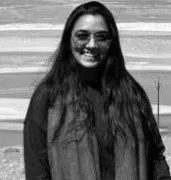
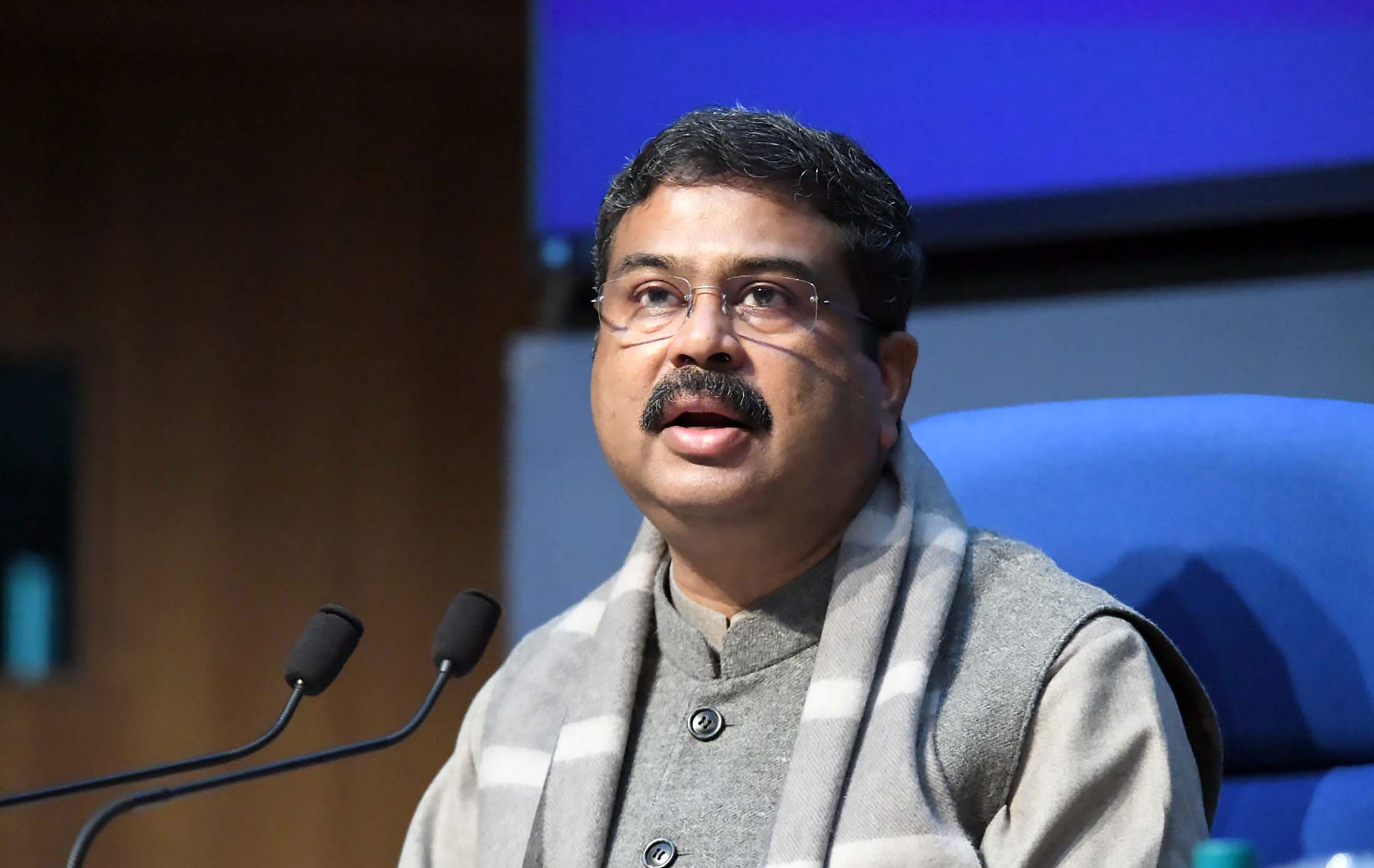
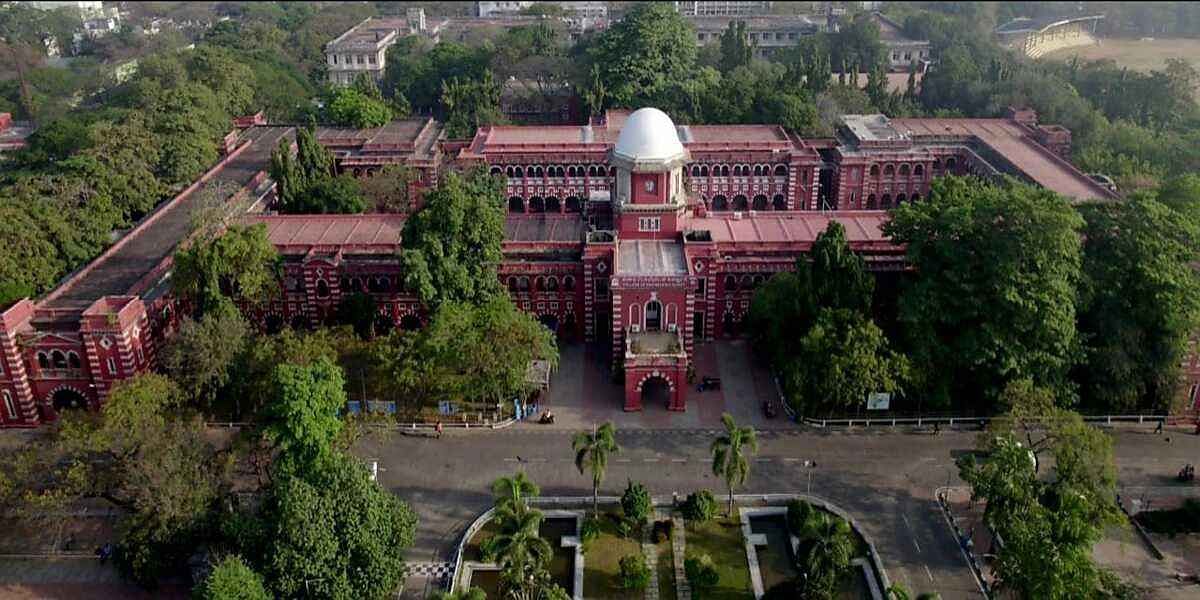
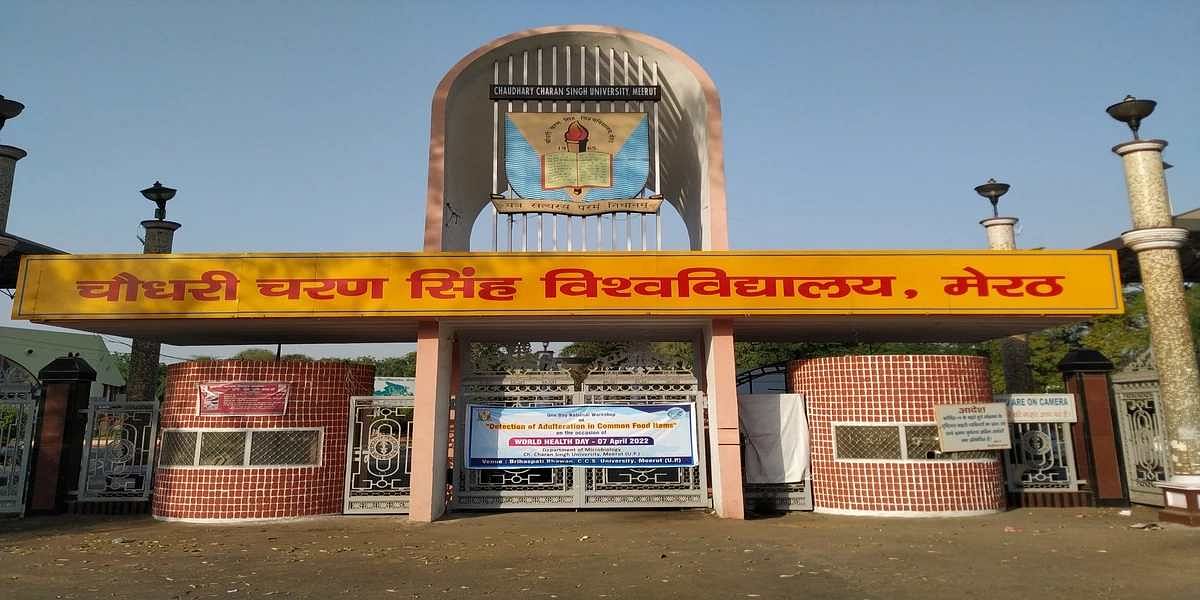
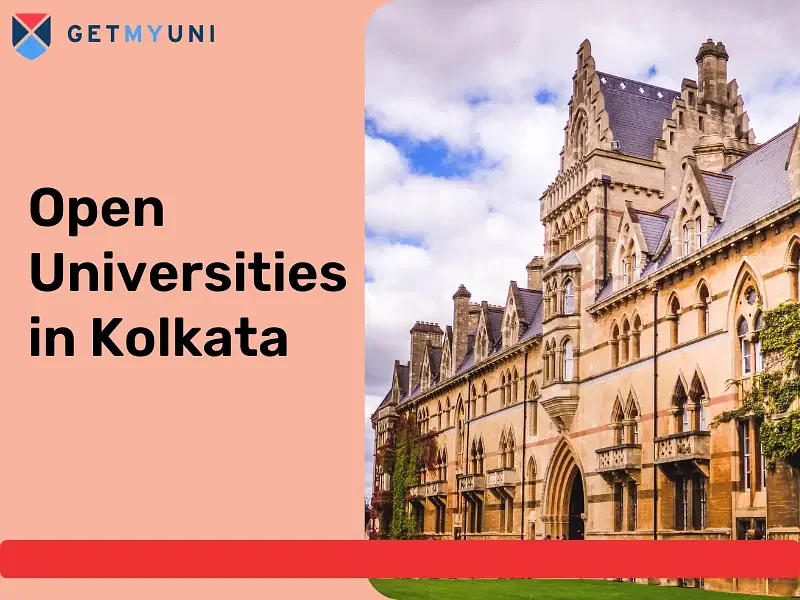
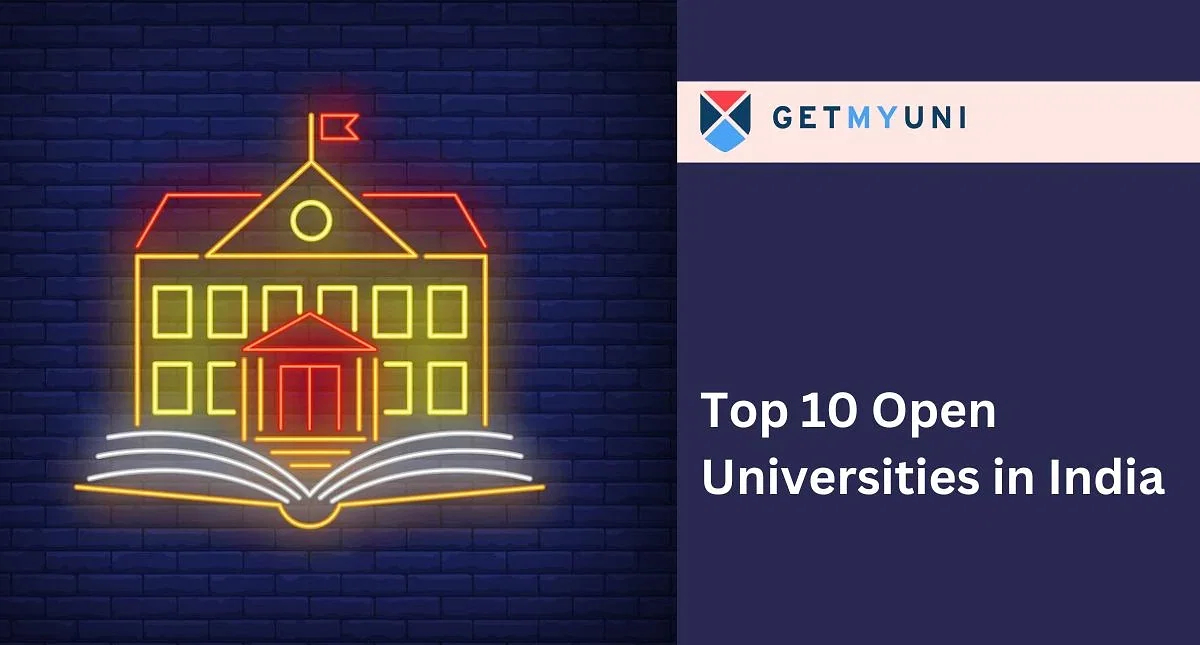

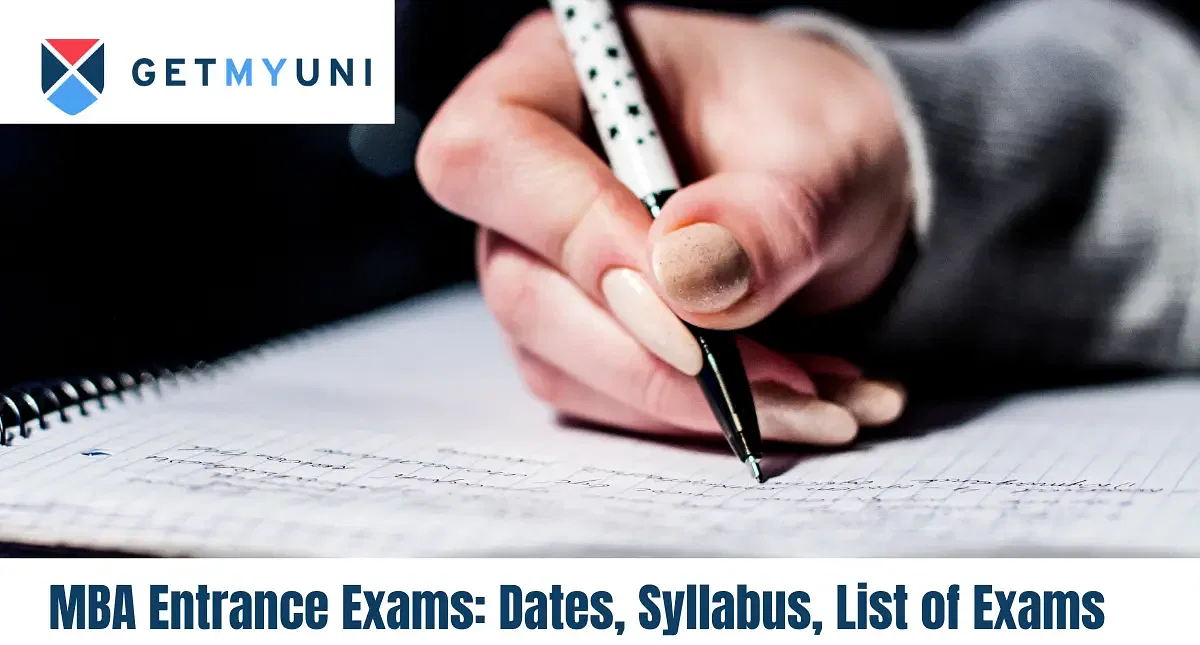



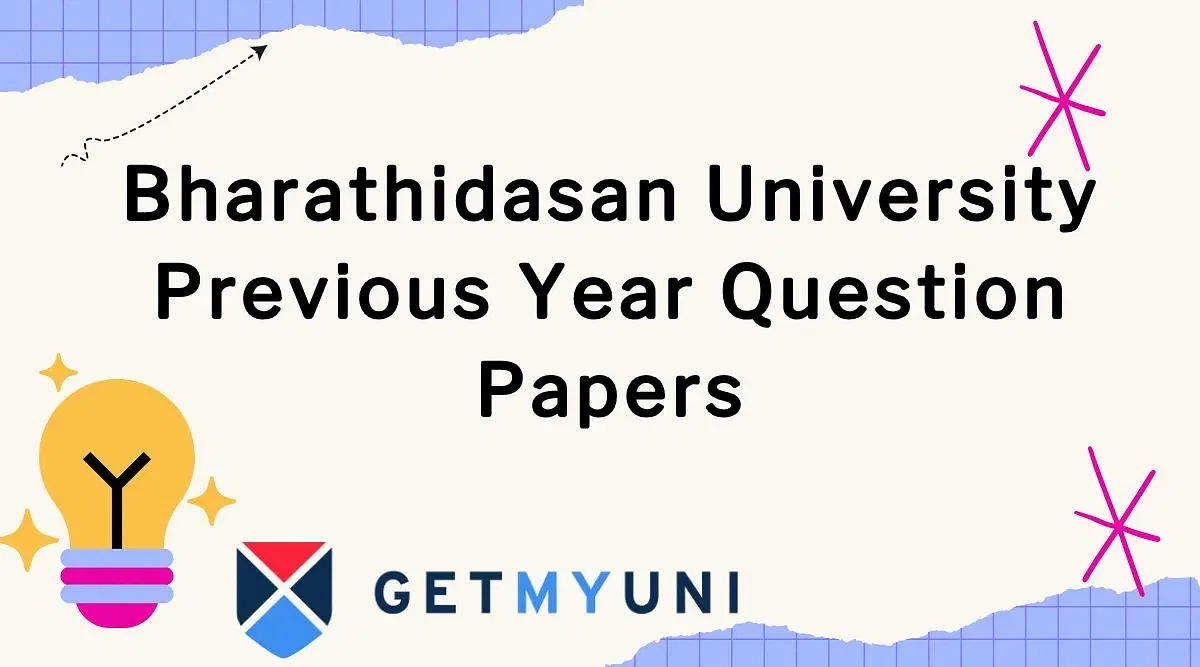


POST YOUR COMMENT